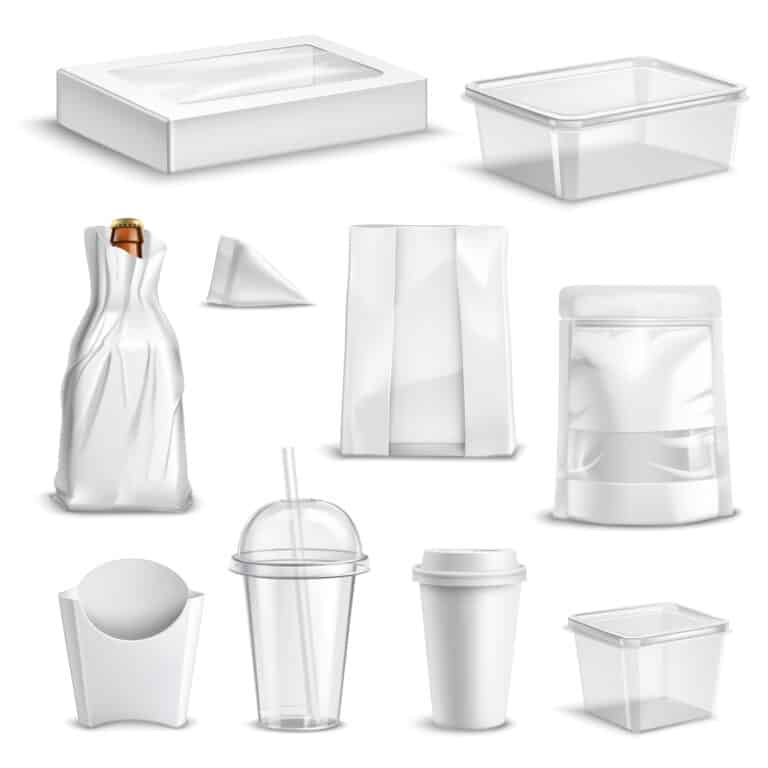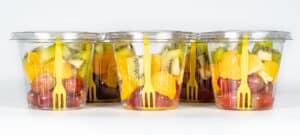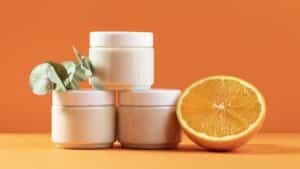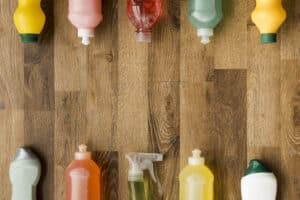HDPE is high-density polyethene, a plastic resin made from petroleum. HDPE for packaging is used in a variety of applications and industries where excellent impact resistance, high tensile strength, low moisture absorption, and chemical- and corrosion-resistance properties are required.
Some of the most common uses for HDPE include packaging (e.g., plastic bags and bottles, milk jugs, shampoo bottles, etc.), pipes and fittings, toys, and outdoor furniture. Additionally, HDPE is often used in construction and industrial applications, such as in pipes and ductwork insulation, geomembranes, and in certain chemical storage tanks.
Why is HDPE used in packaging?
HDPE is used in packaging because it is strong and durable. It is a type of plastic that is resistant to breaking and tearing. HDPE is also lightweight, which makes it easy to transport. HDPE is also recyclable.
It is one of the most versatile plastics. As a food-grade polymer, it can be used to make nets for fishnets, wraps for loaves of bread, cases for carrying electronics, bottles for drinks and more.
What are the advantages of HDPE?
It is very strong and durable, making it ideal for a wide range of applications.
HDPE is resistant to many chemicals and can be used in harsh environments.
HDPE has a very low density, making it lighter than other plastics. This makes it ideal for many applications where weight is a key consideration.
HDPE is easy to recycle and has a very low carbon footprint.
The best thing about HDPE?

There are many reasons why High-Density Polyethylene (HDPE) is the best thing since sliced bread. For starters, HDPE is a recyclable material, which means that it can be reused over and over again without losing any of its original properties. This makes HDPE an environmentally friendly choice for a wide variety of applications.
Another reason why HDPE is the best thing since sliced bread is that it is an extremely versatile material. It can be used for everything from food packaging to construction materials. HDPE is also very durable, which means that it can withstand a lot of wear and tear.
Finally, HDPE is a very affordable material. It is one of the most cost-effective plastics on the market, which makes it a great choice for a wide variety of applications.
HDPE is an inexpensive material that is extremely durable due to its high melting temperature. This plastic can withstand high impact and abrasion, making it an excellent choice for a wide variety of applications.
With a wide range of colours and types available, HDPE is a great choice for all kinds of projects. The material can withstand high heat and is lightweight, so it’s easy to work with.
Is HDPE better than plastic?
HDPE is better than plastic in a few key ways. First, HDPE is more durable and resistant to breaking and shattering. This is due to its higher density and molecular weight. Second, HDPE is more chemically resistant than plastic, meaning it is less likely to degrade over time. Finally, HDPE is more heat resistant than plastic, making it ideal for use in high-temperature environments.
Why is HDPE stronger?
HDPE is stronger because it is more durable than other materials. It is less likely to break or crack under pressure, and it can withstand high temperatures and freezing temperatures. HDPE is also resistant to chemicals and UV rays, making it an ideal material for a variety of applications.
Why HDPE for packaging is better than LDPE?
The main reason that HDPE is more widely used as a packaging film than LDPE is that it has a higher melting point. This means that HDPE can be used for hot fill applications, such as packaging food that needs to be heated before eating. HDPE also has a higher density than LDPE, which means that it is more rigid and less likely to tear.
Does HDPE have a good impact strength?
Yes, HDPE has a good impact strength. It is a tough, durable material that can withstand high-impact forces. It is often used in applications where high-impact forces are expected, such as in protective gear and packaging.
Why is HDPE more sustainable?
HDPE is sustainable because it can be recycled and does not release toxins into the environment. It is also durable and has a long lifespan, meaning it does not have to be replaced as often as other materials.
What packaging is made from HDPE?
HDPE is a type of plastic that is often used to make packagings, such as bottles and containers. HDPE is a strong and durable material that can withstand high temperatures and pressures, making it ideal for packaging products that need to be stored for long periods of time.
Which is better HDPE or PP?
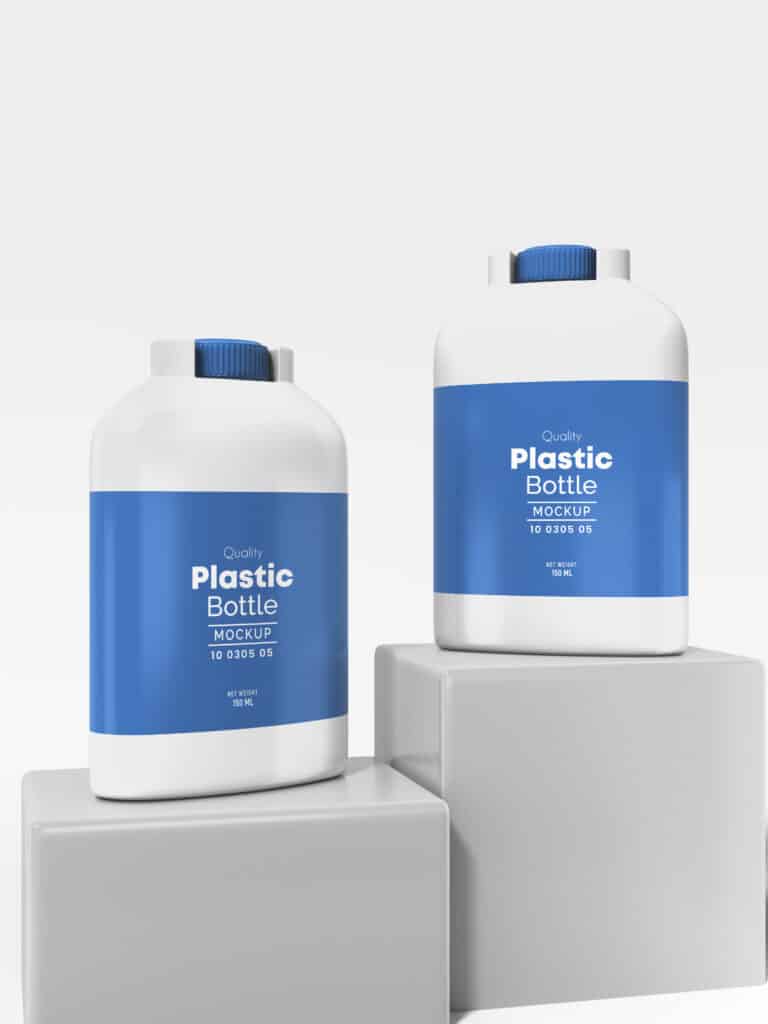
There are many factors to consider when choosing between HDPE and PP, including the specific properties of each material. HDPE is polyethene with a high density, while PP is polypropylene with a lower density. Both materials are strong and durable, but HDPE is typically more flexible and less brittle than PP.
HDPE is also less likely to absorb moisture, making it ideal for food storage or other applications where moisture could be an issue. PP is generally more chemical-resistant than HDPE, making it a good choice for applications where exposure to chemicals is a concern. Ultimately, the best material for a given application will depend on the specific needs of the project.
Last Word
HDPE for packaging is an excellent choice for all businesses. It is strong and durable, making it a good choice for all aspects of your business. You also can recycle HDPE easily.
To learn everything about packaging, from A to Z, visit our JarsBottles Blog today!

